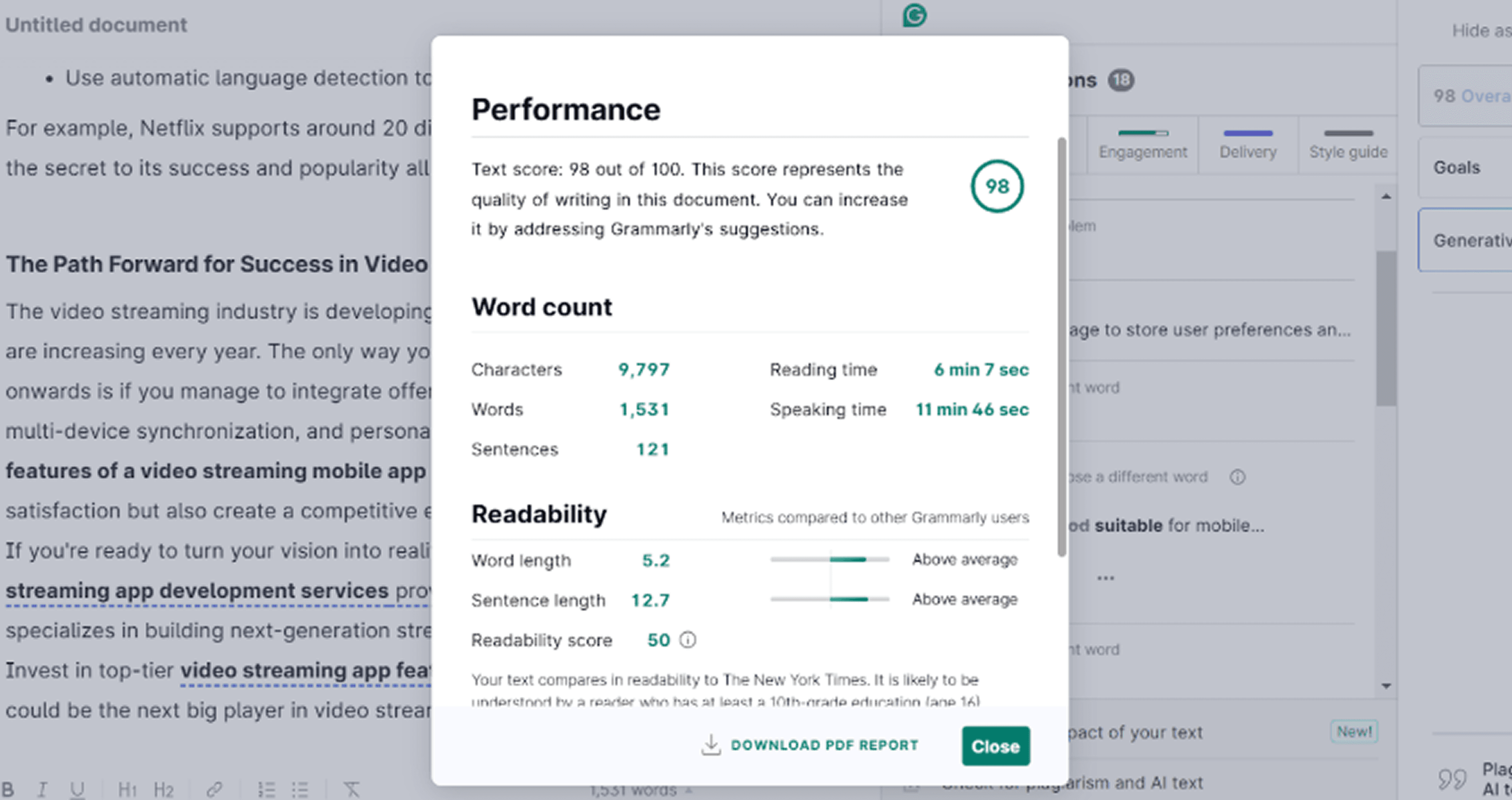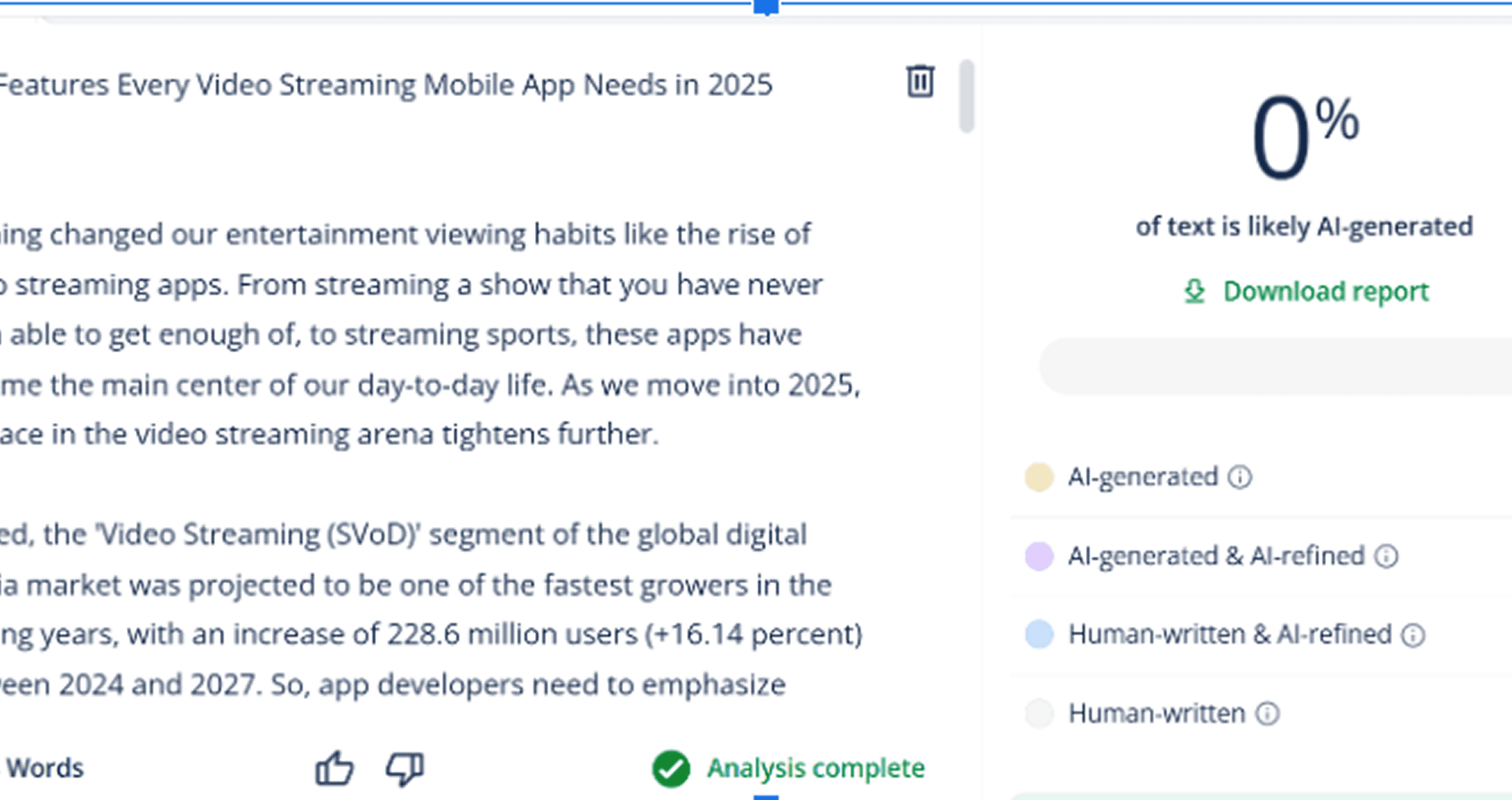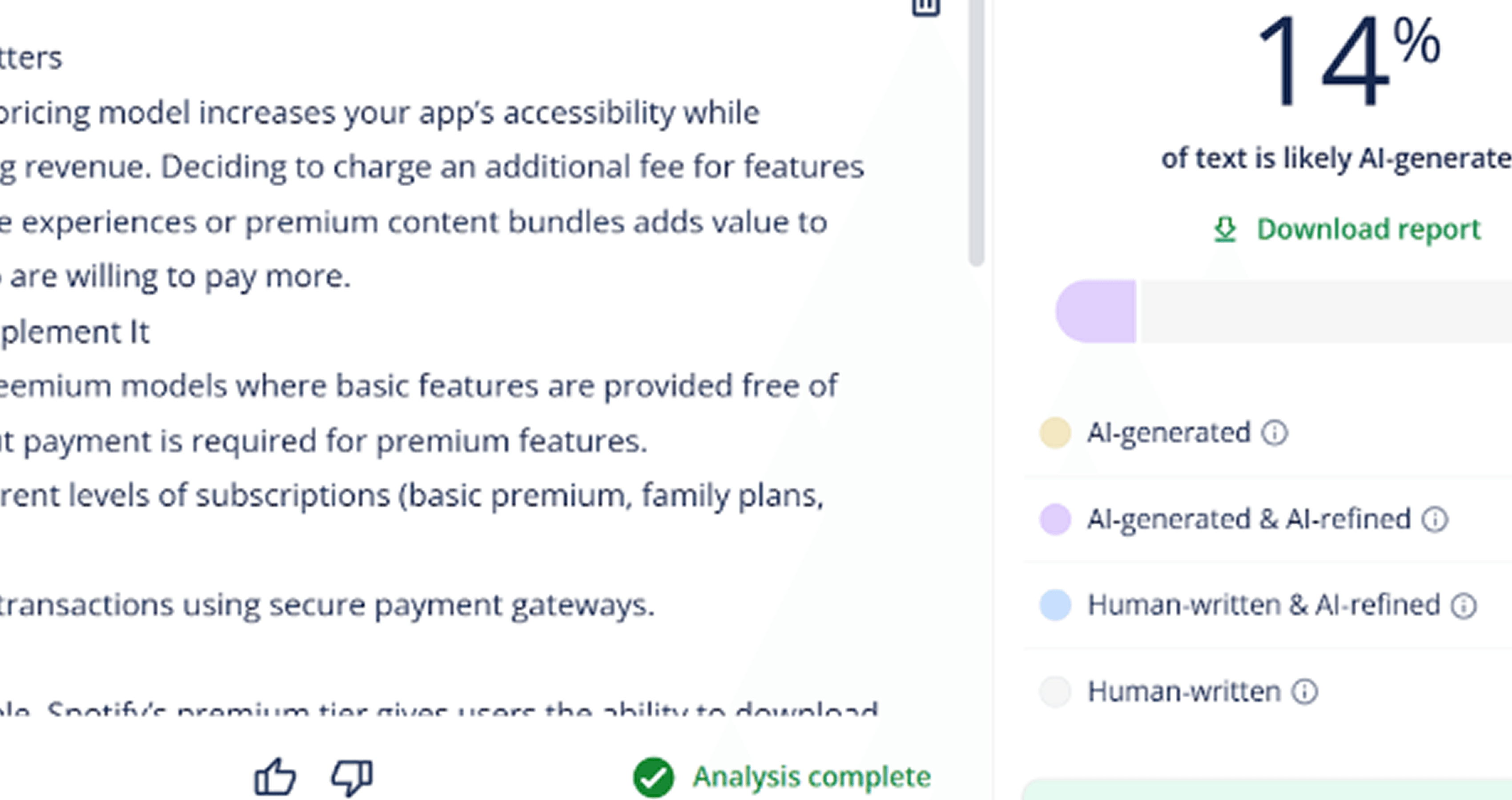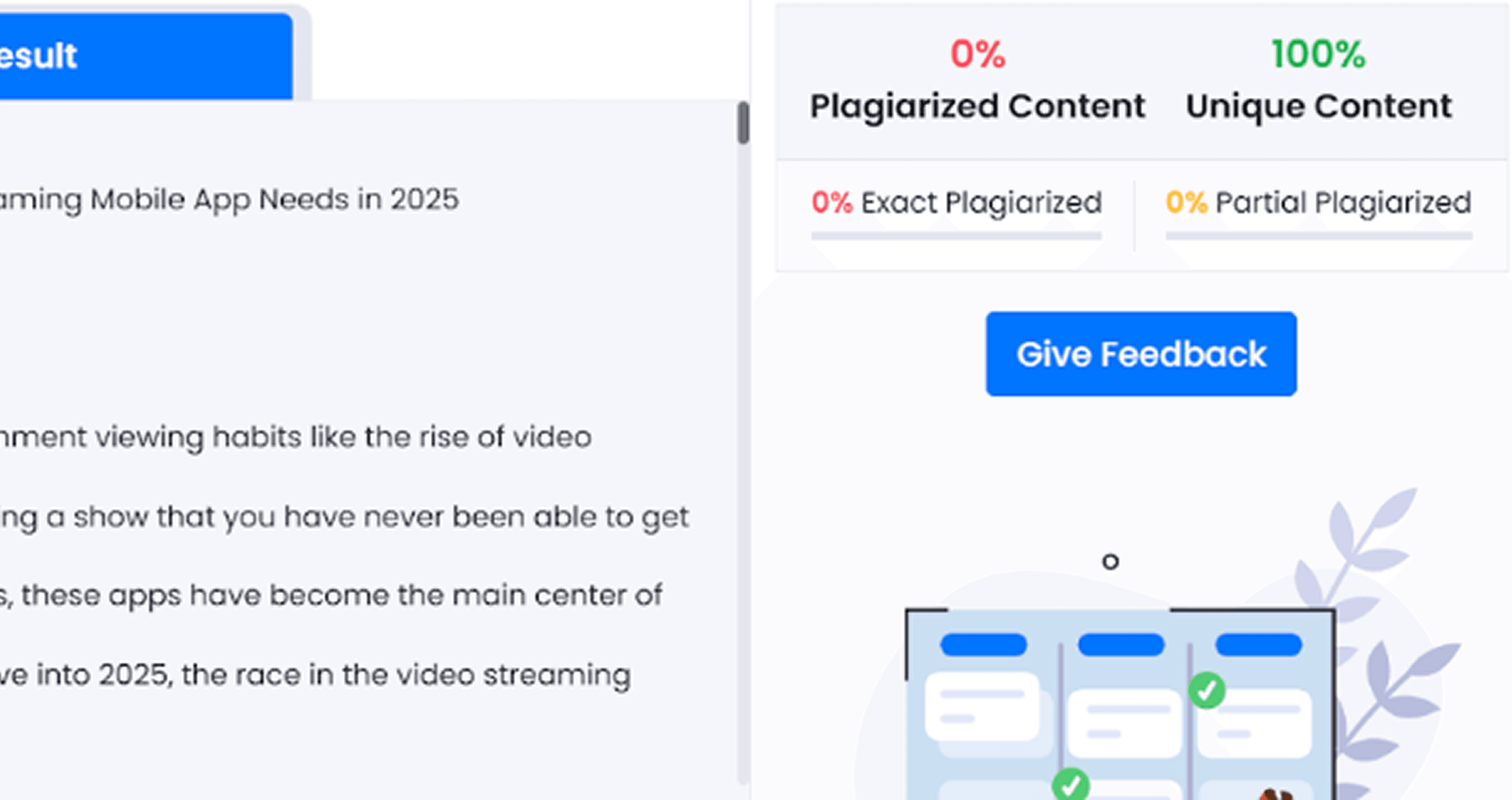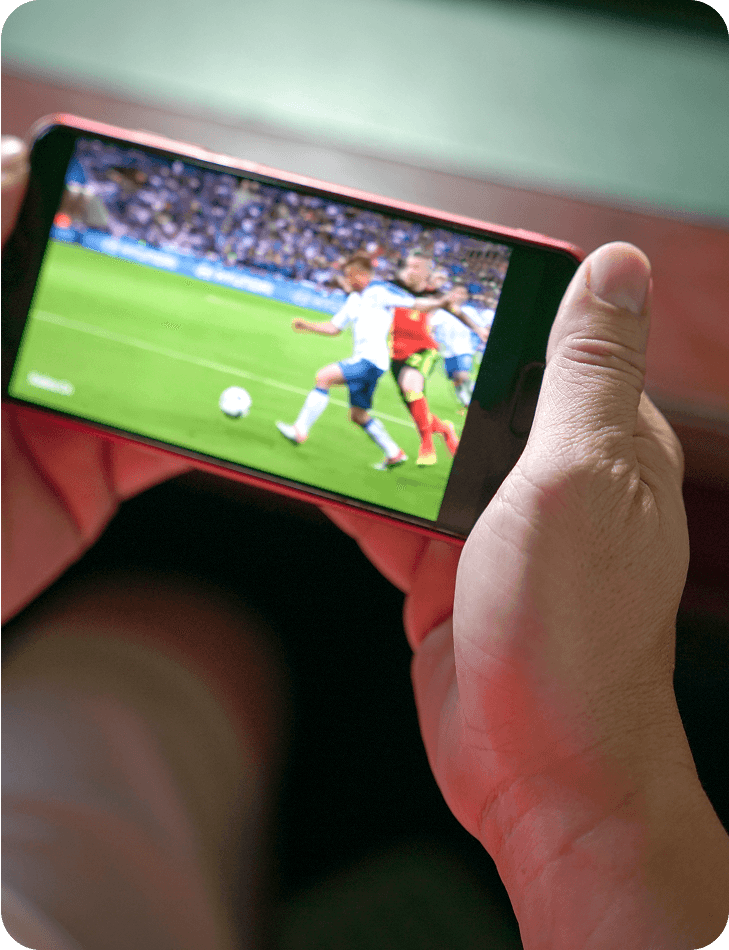Overview
A Guide to Top Features for Modern Video Streaming Platforms
Nothing has changed our entertainment viewing habits, not even the rise of video streaming apps. From streaming a show that you have never been able to get enough of to streaming sports, these apps have become the main center of our day-to-day lives. As we move into 2025, the race in the video streaming arena tightens further.
Indeed, the 'Video Streaming (SVoD)' segment of the global digital media market was projected to be one of the fastest growers in the coming years, with an increase of 228.6 million users (+16.14 percent) between 2024 and 2027. So, app developers need to emphasize distinct and user-driven elements.
In this blog, we help you dive into the key features of a video streaming mobile app every developer should incorporate to enhance user experience, boost retention, and out-stage competition.
Understanding the Core Features of a Video Streaming Mobile App
Video streaming apps are built to deliver content seamlessly to users, wherever they are. They've gone beyond simple streaming to offer personalized and interactive experiences. Platforms like Netflix, Amazon Prime Video, and YouTube have raised the bar by combining content with cutting-edge technology, making user satisfaction their top priority.
But what exactly sets a successful video streaming app apart? Let's go into detail on the top features of a video streaming app.
1. Content Recommendations Tailored For You
One of the main reasons users return to their favourite apps is personalization. Heavily recommending content based on their individual preferences has become a hallmark of success in video streaming.
Why It Matters
Think about opening an app and finding a curated list of shows or movies that match precisely your interests. It reduces time, improves the overall user experience, and keeps the interaction going. A human touch makes the user feel valued, which leads to long-term loyalty.
How to Implement It
- Use machine learning algorithms to analyze watch history, likes, and searches.
- Introduce personalized sections like "Top Picks for You" or "Similar to What You Watched."
- Encourage users to rate content or select their preferences during onboarding to refine recommendations.
For Example: Netflix's algorithm tracks and learns your behaviors every time you watch, and it has become a cornerstone of personalized entertainment.
2. Multi-Device Synchronization
In a multi-screen world, we expect to switch from one device to another without losing our place. Cross-device sync provides seamless and continued usage from smartphones to tablets, TVs, and more.
Why It Matters
Users frequently start viewing something on one device and want to carry it on another. If not synchronized, they could lose their spot, which is frustrating. Multi-device synchronization improves usability and establishes a continuous user experience.
How to Implement It
- Use cloud storage to store user preferences and playback information in real-time.
- Have a "Continue Watching" option on every device.
- Make it compatible with major operating systems, such as Android, iOS, and Windows.
Take Disney+ for instance. It's a perfect example of device synchronicity. It allows a user to shift from their TV to a phone without missing a beat.
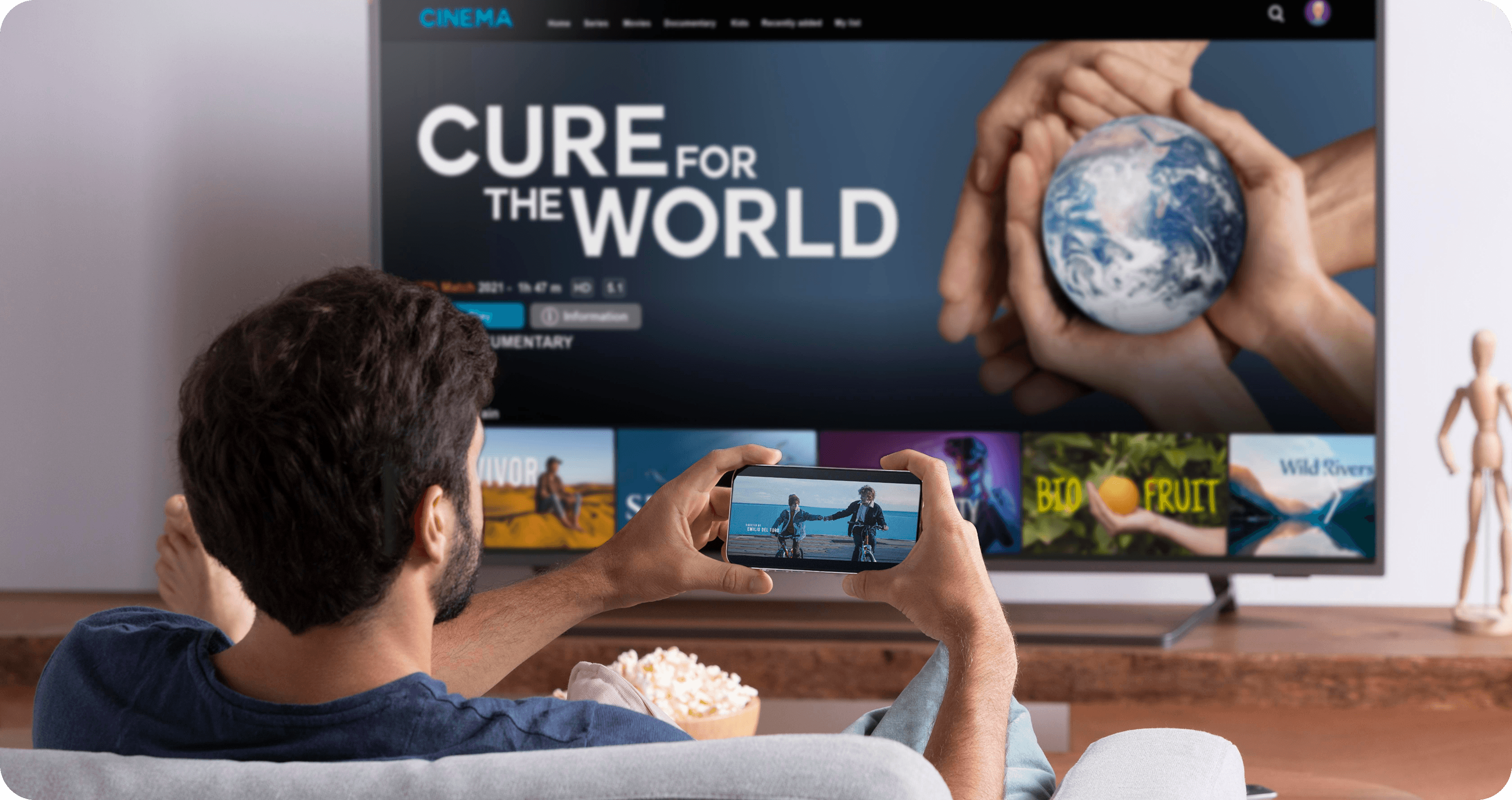
3. Offline Viewing
Not everyone has broadband Internet access 24/7. Offline features have become important for users who wish to watch their most loved content during an outing or in low-network zones.
Why It Matters
Allowing downloads for offline viewing (good for mobile users who are always on the go) not only leads to greater user satisfaction but also enables you to reach an audience who may not have direct access to the internet.
How to Implement It
- Provide download quality options for varying storage capacities.
- Implement DRM (Digital Rights Management) to deter unauthorized sharing or piracy.
- State download expiry dates for licensed content.
For example, Netflix's offline mode lets users download whole seasons, making it a hit among commuters and travellers.
4. Usability in terms of User Interface (UI) and User Experience (UX)
No matter how good the actual content of your app is, nobody will stick around if your interface is difficult, confusing, or clunky. The design should be clean and intuitive so the users can get the most out of the app without being annoyed.
Why It Matters
A smooth UI/UX leaves a good impression and tempts users to know more about the application. It avoids navigation clutter, making the app user-friendly across all ages and technology abilities.
How to Implement It
- Use a super simple layout with an easy-to-find navigation menu.
- Prioritize responsive design for a smoother experience across various devices.
- Features such as dark mode to alleviate eye strain while watching it in the dark.
Example: The interface design on Hulu uses categories like "Movies," "Shows," and "My Stuff" to allow users to quickly find what they are looking for.
5. Search and Filtering Options
People don't want to scroll and scroll and scroll to locate something particular. A good search and filtering system can improve the user experience massively.
Why It Matters
When users look for something, they want quick and accurate results. Filters that allow them to sort by genre, release year, or language make the app more functional and user-friendly.
How to Implement It
- Add smart search capabilities with predictive text and autocomplete.
- Offer filters for genres, ratings, languages, and other preferences.
- Use AI-powered faceted search improvements to interpret ambiguous or partial queries.
Example: YouTube's search feature lets users find videos even with almost no information at all, such as "that song with a red car."
6. Live Streaming Capabilities
Live streaming has become a popular way to deliver real-time content, from sports events to concerts and webinars. It adds a sense of spontaneity to your app, requiring users to be active at that specific time.
Why It Matters
Exclusivity of live content creates a feeling of FOMO (fear of missing out), which leads to immediate engagement. A nice way to attract new users and retain old ones.
How to Implement It
- Implement low-latency streaming technology (e.g., CMAF (Common Media Application Format).
- Add interactive elements such as live chat or polls to keep the attendees involved.
- Optimize servers for high traffic during upcoming live events.
For example, Twitch has created a community around live streaming, which is a huge naturally occurring market in video games and beyond.
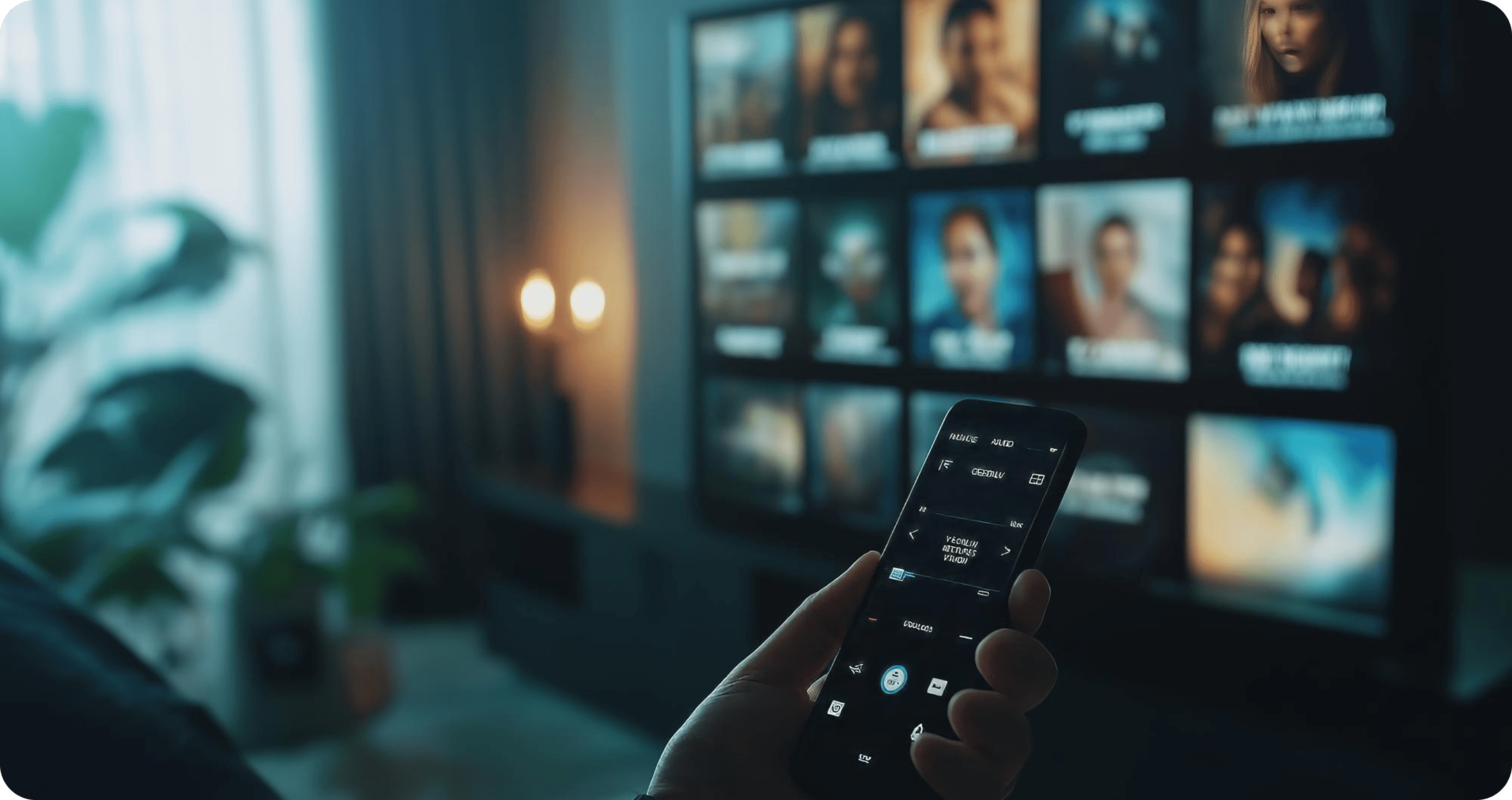
7. Social Features & Watch Parties
Social integration turns video streaming into a social event. Features such as watch parties enable users to share enjoyment of that content with friends, even those who live afar.
Why It Matters
We all love to share a moment with others. This will enable you to minimize spam and boost engagement, creating a more social ecosystem for your app.
How to Implement It
- Offer a watch party mode with synchronized playback for watching with other people.
- Allow chat or reactions to take place live as you are watching.
- Allow users to share their favourite content on social media directly from the app.
Example: Amazon Prime Video's Watch Party feature makes it easy for friends to watch and chat about a movie in real-time, no matter where they are.
8. In-app purchases and Subscriptions
To keep your app financially sustainable, you need a solid monetization strategy. In-app purchases and subscription tiers cater to users with different budgets and needs.
Why It Matters
A flexible pricing model increases your app's accessibility while maximizing revenue. Deciding to charge an additional fee for features like ad-free experiences or premium content bundles adds value to those who are willing to pay more.
How to Implement It
- Provide freemium models where basic features are provided free of charge, but payment is required for premium features.
- Offer different levels of subscriptions (basic premium, family plans, etc.).
- Seamless transactions using secure payment gateways.
For example, Spotify's premium tier gives users the ability to download music for offline listening, which is a strong incentive to upgrade.
9. Multi-Language Support
As streaming apps get broader reach, multi-language support is a must-deal. This makes you an inclusive option, and people from different regions can also enjoy content in the language of their choice.
Why It Matters
Breaking language barriers means allowing people from bigger regions to use your app. This leads to better user experience and increased uptake of your platform in non-English-speaking countries.
How to Implement It
- You can add subtitles and audio tracks in multiple languages.
- Localize the interface and recommendations based on regional preferences.
- Use automatic language detection to personalize content delivery.
For example, Netflix supports around 20 different languages, and that is the secret to its success and popularity all over the world.
The Path Forward for Success in Video Streaming
The video streaming industry is developing swiftly, and user expectations are increasing every year. The only way your app can prevail in 2025 and onwards is if you manage to integrate offerings such as live streaming, multi-device synchronization, and personalized recommendations. These features of a video streaming mobile app not only enhance user satisfaction but also create a competitive edge in a crowded market.
If you're ready to turn your vision into reality, partner with a video streaming app development services provider like CodeDTX, which specializes in building next-generation streaming platforms.
Invest in top-tier video streaming app features today, and your app could be the next big player in video streaming tomorrow.
